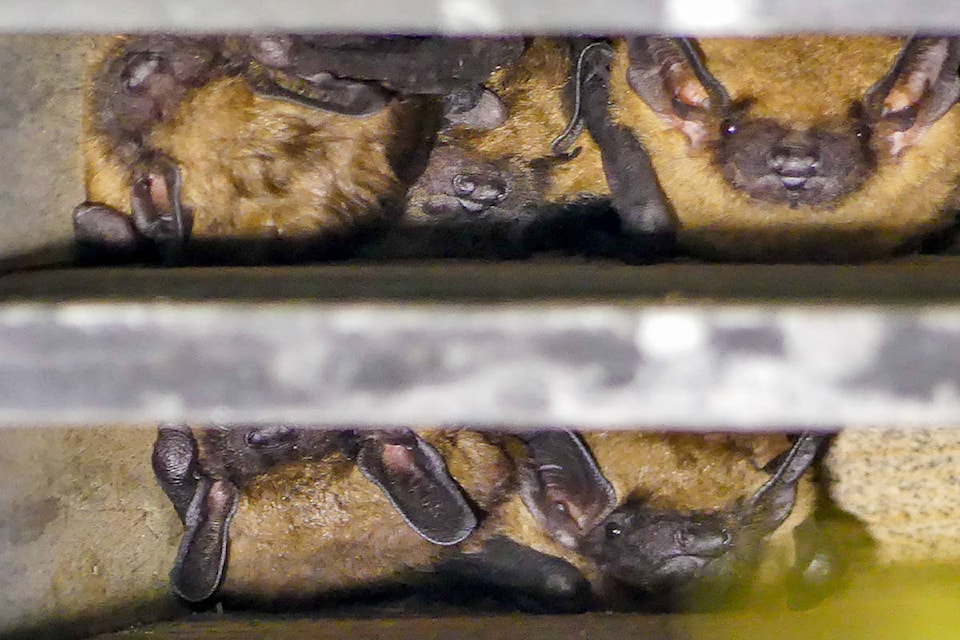October 24 to 31 marks International Bat Week and the Kootenay Community Bat Project wants you to celebrate by learning about bats in B.C. and continuing to monitor bats over the colder months.
International Bat Week marks a time where bats begin to hibernate or migrate in order to survive the winter. They leave their summer roost sites, meaning this is the time of year to get those projects done that might have been delayed due to bat presence.
“Bats in B.C. help control agricultural and forest pests, as well as mosquitoes in our yards - but now bats need our help,” said Mandy Kellner, Coordinator for the BC Community Bat Program. “The conservation of bats in B.C. has always been important, since over half the species in this province are considered at risk. With the continuing spread of white-nose syndrome in Washington State, bat conservation is more important than ever as we expect to see impacts in BC in the near future.”
The Kootenay Bat Project is asking anyone who sees a bat during the winter months to report it to the BC Bat Program at www.bcbats.ca.
Monitoring for white-nose syndrome (WNS) in B.C. will continue this winter, with local bat programs requesting reports of dead bats or winter bat sightings on and after November 1, says the community bat project.
According to the white-nose syndrome website, the syndrome is considered one of the worst wildlife diseases in modern times, having killed millions of bats across North America. Most cases have been across the United States, however there are cases reported in Ontario, Winnipeg, Quebec, Manitoba, and the eastern coastal Canadian provinces.
WNS is caused by fungus and affects hibernating bats, hence the importance of bat week. The fungus grows in cold, dark and damp places and attacks the bare skin of the bats while they hibernate.
You can learn more about the many ways that bats contribute to healthy ecosystems by visiting www.batweek.org. According to the website, bats live almost everywhere on earth except the most extreme desert and polar regions. They mostly feed on insects, however some are carnivorous and will eat rodents, frogs and fish. Some species eat pollen, nectar and fruit and will even pollinate flowers.
The Kootenay Community Bat Project is asking that bat enthusiasts take action by tracking bats, hosting workshops, taking an urban bat walk or becoming a bat advocate. All of this information can be found on the bat week website (mentioned above).
You can report winter bat sightings, find out more about the BC Community Bat Program, BatWeek activities, and options for helping local bat populations, at www.bcbats.ca, info@bcbats.ca, or 1-855-922-2287.
READ MORE: B.C. bats don’t spread COVID-19, says Kootenay Bat Project
corey.bullock@cranbrooktownsman.com
Like us on Facebook and follow us on Twitter
Want to support local journalism during the pandemic? Make a donation here.
